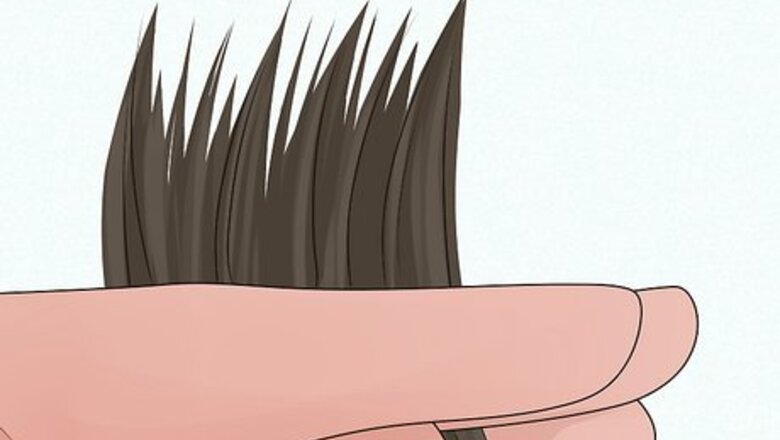
views
What are signs that new hair is growing?
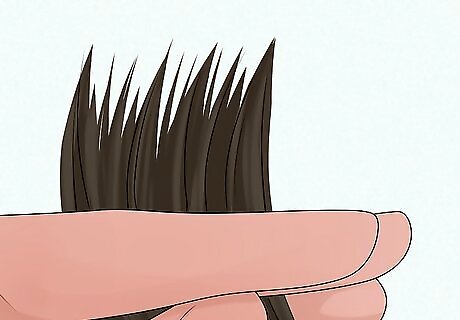
Hair that has a tapered shape at the end is new growth. New hairs taper to a pointy tip at the very end. Hair that isn't new has a blunt, straight tip—meaning that the hair shaft was broken, either during a haircut or due to damage. Simply take a look at the tips of the hair in question to determine if they are old or new.
How do you know if it's new hair growth or breakage?
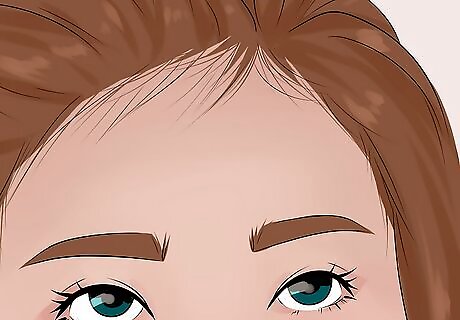
Wispy, fine "baby hairs" framing your face could be new growth. These strands will look different from the rest of your hair because not only are they wispy, they're really short. Baby hairs are really common in women who have recently given birth, as the hair growth cycle is temporarily shortened due to hormones. It can be hard to tell whether these short hairs are the result of breakage or new growth. If the ends are split or blunt, it's probably breakage. If you regularly heat-style your hair or pull it tightly back, your baby hairs are more likely to break. Breakage can also result from stress. Heads up! You might also get this kind of breakage from wearing a tight pony for long periods of time. To avoid this, wear your hair down sometimes. Too many chemicals or using hot tools on your hair can also cause baby hairs. Give your hair a break and let it air dry when you can.
How long does it take for new hair to grow?
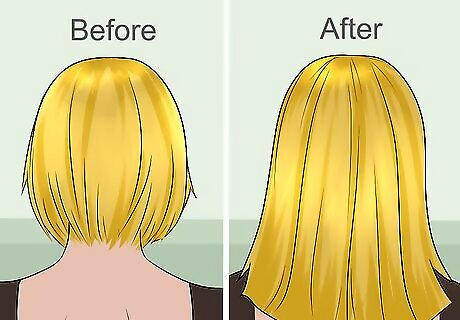
Hair grows about .5 inches (1.3 cm) per month, on average. This means you will likely grow about 6 inches (15 cm) per year if you’re trying to grow it out. This might not sound like much, but you will be able to tell a difference when you look at your hair over time.
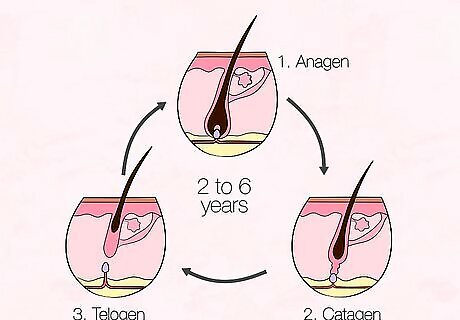
The total growth cycle lasts about 2-6 years. This sounds like a really long time, but don't worry. About 90% of your hair is usually somewhere in the growth cycle, which means you are pretty much constantly growing new hair. There are 3 stages of the cycle: The anagen phase is when your hair actually forms a new shaft and is actively growing. This is the part of the cycle that lasts a few years. Remember, different parts of your hair are at different phases in the cycle. The catagen stage is the transition period between anagen and the final stage. Only 1% of the hair on your scalp is in this transitional stage at a time, so it's pretty hard to spot. The telogen stage is when your hair is resting. It lasts about 3-4 weeks, and during this time it's really common to shed some hair. It's normal to lose about 100 hairs per week. Then, new hair starts to grow and the cycle starts again. Philip Kingsley Philip Kingsley, Best-selling Trichologist Observing new hair growth is a gradual process that requires patience and attention to detail. One of the first signs of new hair growth is the appearance of tiny, fine hairs along the hairline or in areas where hair loss has occurred. These new hairs may be lighter in color or have a different texture than your existing hair. As they mature, they will gradually thicken and darken, blending in with the rest of your hair. Additionally, you may notice a decrease in shedding or breakage, as well as an overall improvement in the health and vitality of your hair.
What causes hair loss?
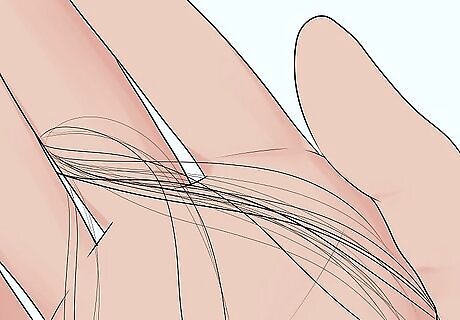
Hormonal changes and medical conditions can cause hair loss. There are many physical reasons that you might have thinning hair or that you might experience hair loss. Some, like pregnancy, childbirth, and menopause are temporary. Other conditions such as alopecia areata, an immune disorder that causes patchy hair loss, might be more persistent. Chemotherapy and radiation treatments can cause hair loss. This can be really upsetting and stressful, so ask your doctor for suggestions on how to deal with this. Certain medications and supplements might also lead to hair loss. Make sure to read the side effects each time you start taking something new. Talk to your doctor if you are concerned about hair loss. They might be able to help you find the cause and a solution.
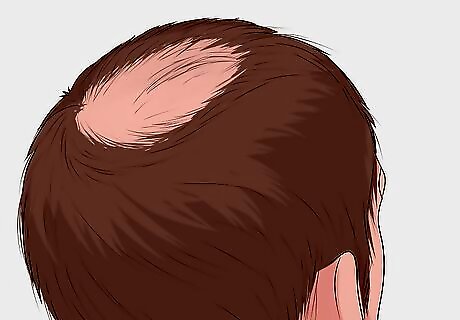
Hair loss can be hereditary. A natural condition called hereditary-pattern baldness is the most common cause of hair loss. It’s caused by a combination of genetics, the aging process, and hormones. This won’t hurt you and isn’t a cause for concern. Men start typically start seeing the impact of male-pattern baldness in their 20s-30s, while women usually start seeing the impact during menopause.
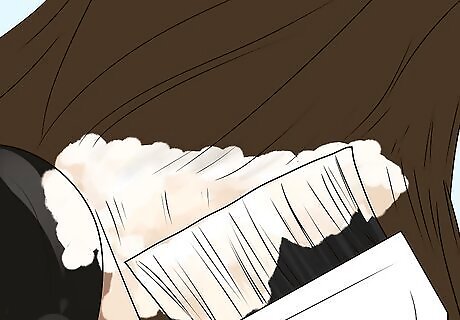
Some hairstyles and treatments might be the cause. It’s not always a great idea to follow hair trends, as some of them can harm your hair. Multiple permanents or hot oil treatments can lead to hair loss. Certain styles that pull your hair tight, like cornrows, can lead to a type of alopecia. Bleaching your hair can also cause breakage, so look for more natural ways to color your hair. If you do bleach your hair, combing it when it's dry will also increase breakage. Make sure to gently comb it when it is wet. Talk to your stylist about ways to keep your hair healthy. Remember, everyone’s hair is different, so your needs might be different from someone else’s.
Can I prevent hair loss?
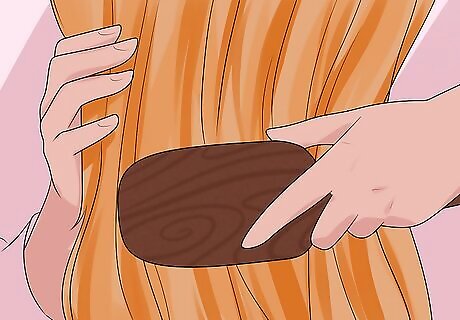
Being gentle with your hair might help it stay healthy. Make sure to gently comb and brush your hair and enjoy tugging on it. Using a detangler will help if you have long hair. You can also prevent hair loss by avoiding certain treatments, like hot oil treatments and perms.
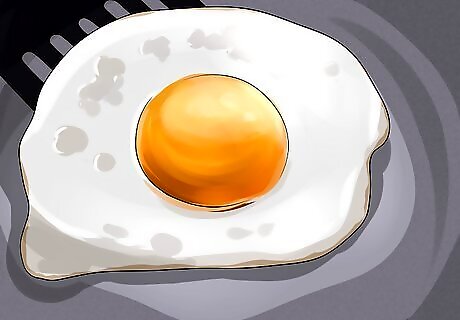
Try adding some protein to your diet. This won’t prevent hair loss completely, but it might help slow the growth. Add some extra healthy protein to your diet. Talk to your doctor if you have any concerns. Good sources of protein include: Chicken Fish Eggs Tofu Nuts
Should I see a professional about my hair loss?
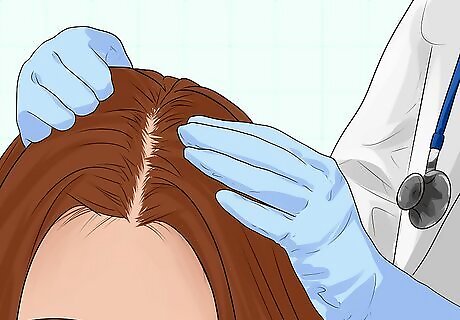
Yes, if your hair loss is getting worse and you're concerned. Hair loss can be really stressful, so it's totally understandable if you're worried. Take a deep breath and know that there are medical professionals who can help you. Make an appointment with a dermatologist and tell them how long you've been having increased hair loss. The doctor can help you determine the cause and might recommend treatment, such as medication or supplements. Don't start taking supplements without a doctor's approval. You want to make sure you're taking the right things. It will be tough, but try to be patient if the doctor suggests treatment. It might take a little time to see results. You should be able to tell if your treatments are working if your hair starts filling in and the new hairs have a pointy end. Check back in with your doctor if you're not sure. This can be a super stressful process, so try to be gentle with yourself. Make time to do things you enjoy and to get plenty of rest.


















Comments
0 comment